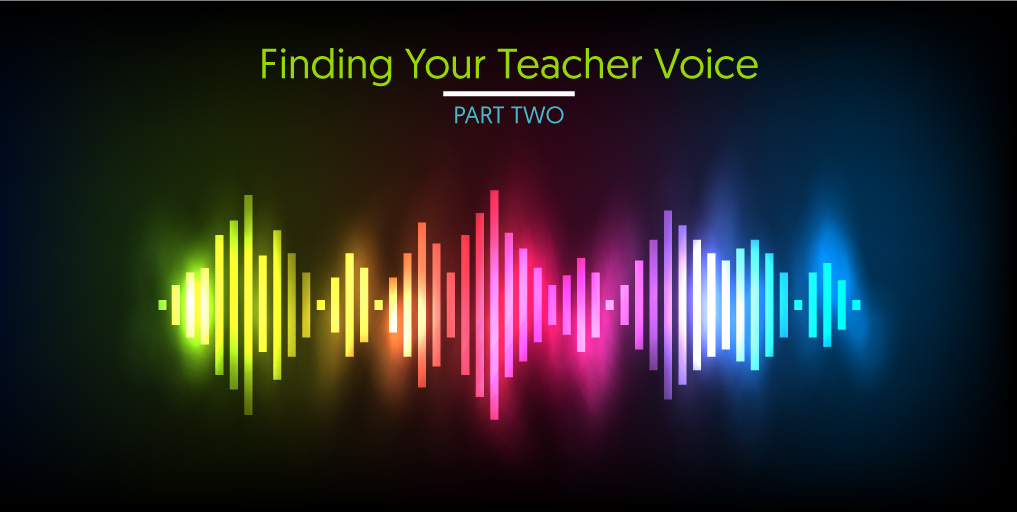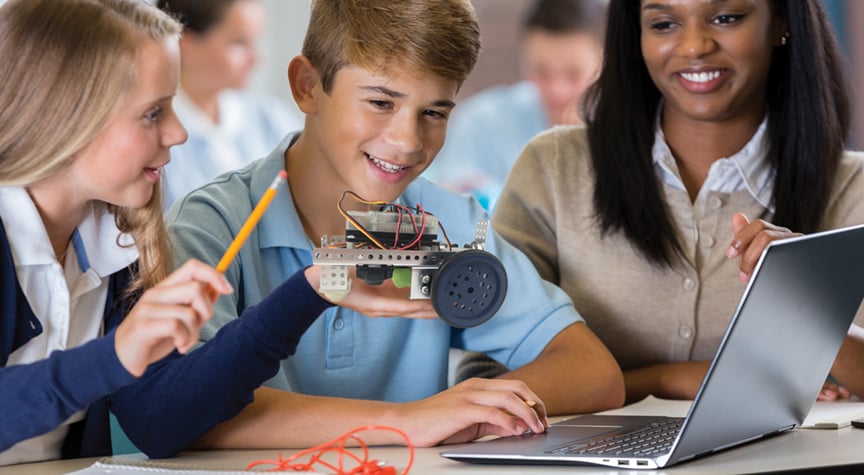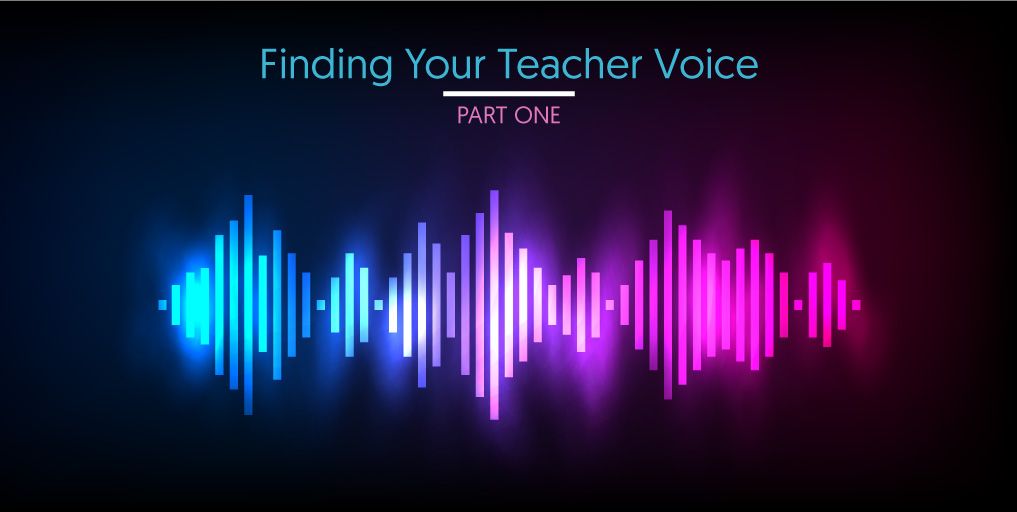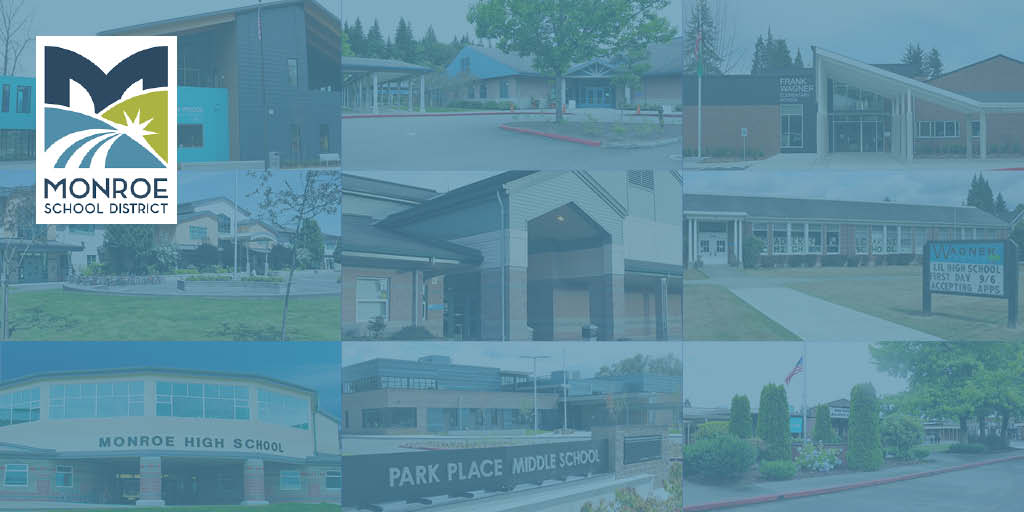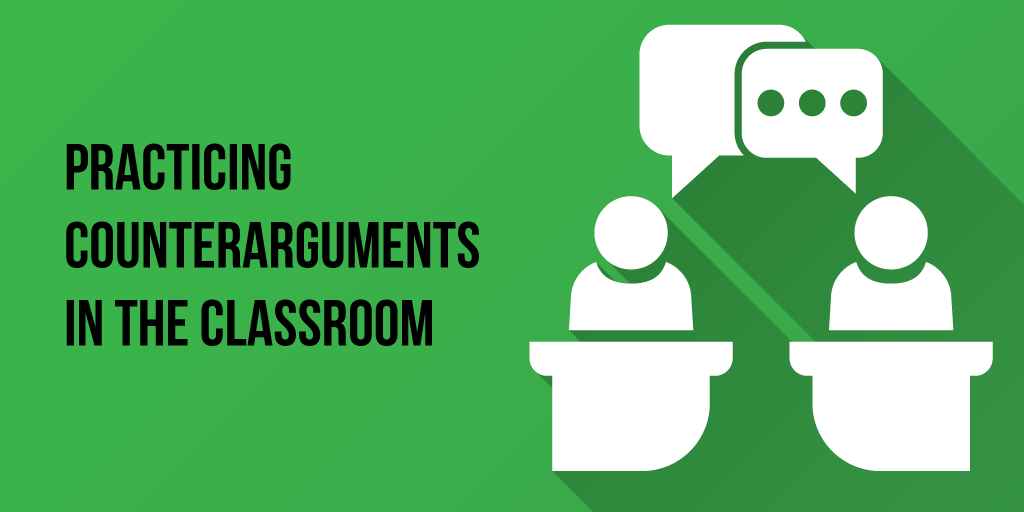In the first part of this series, the use of technology in the classroom was broken down. We know that technology can be used for many different reasons, but we primarily discussed using it to access online curriculum programs and allow students to demonstrate critical thinking through integrated projects.
Leveraging Technology for Higher-Level Learning (Part Two)
Topics: Classroom Technology
Ah, July—by now, summer is in full swing! This time of year hopefully means getting some well-deserved rest and relaxation, and having fun somewhere in the mix. If you have children, it might mean spending time at the park, pool, on vacation, or being the taxi driver to various camps throughout the summer. For educators, summer might involve continued education workshops, graduate classes for recertification, reworking curriculum, or catching up on some reading.
In the first part of this series, I covered the various challenges that teachers face when dealing with sound in the classroom. When taking hearing loss, distance, and sound absorption into consideration, it can be hard for educators to find their teacher voice. So, what allows educators to be heard and can help improve teaching and learning in the classroom?
Topics: Classroom Audio, MimioClarity
Expanding Proprietary STEM Solutions to Programming and Robotics
As educators, we know how important STEM learning is to ensure our students succeed not just in the classroom, but out in the real world as well. Students need to develop the critical skills that will prepare them for life beyond the classroom as tomorrow’s engineers and innovators.
Modern Robotics merged with Boxlight earlier this year, enabling us to introduce the Mimio MyBot educational robotics system. This system was conceived and developed to fulfill a need in robotics and coding in the classroom without the added complexity common in most systems. The MyBot system helps students engage in learning experiences, preparing them in emerging STEM fields including software, robotics, and technology.
Topics: Educacion STEM, Robotics
Leveraging Technology for Higher-Level Learning (Part One)
Does technology help students learn better? This is one of the most challenging questions for educators and those in educational leadership roles. Measuring the impact of technology on education—and specifically student learning—isn’t easy. We know that technology can both enhance and accelerate learning when used correctly, but we all know that “used correctly” is the critical portion of that statement.
Topics: Classroom Technology
A long time ago in a classroom far away, a 20-something student sat in a class titled Speech Communication in the Classroom. The professor explained that among the many concepts learned in the course, one of the most important would be finding your voice. Throughout the semester, each student had multiple opportunities to stand and deliver his or her lesson to the class. Of course, each student would receive a grade and comments on their performance. At the end, the entire class would receive an impromptu mini lesson on teacher voice. Personally, I thought this old man couldn’t hear! I was not entirely wrong, but that is another story.
Topics: Classroom Audio, MimioClarity
Case Study: Four Steps to a Successful K-12 Technology Transformation
Like many school districts, Washington’s Monroe School District was suffering with technology and equipment that was anywhere from eight to 12 years old in a world where anything older than four is considered a dinosaur. “We had all sorts of different equipment across 376 instructional spaces,” says Rachelle Butz, executive director of digital learning and infrastructure for the district. “It was problematic from a learning standpoint because teachers won’t use technology if they can't trust it to be reliable when they are delivering lessons.”
Topics: Flat Panel Displays, Case Studies, Whole-Class
Students should argue more in the classroom. You may be thinking, “Wait...what?” as you read that. Most teachers probably think their students argue enough already, but constructing an argument in the academic sense is one of the important Common Core standards. This isn’t a traditional “you cut in front of me in line” argument, but one that is written to “argue” a point of view about a topic.
Topics: tips for teachers
It’s June, which means the ISTE 2019 Conference & Expo is right around the corner. For 40 years, the International Society for Technology in Education (ISTE) has created a strong EdTech community, giving teachers tools and best practices to advocate for technology in the classroom. This year, the ISTE Conference & Expo is being held in the City of Brotherly Love— Philadelphia, PA—and attendees can expect to find not only community and support from over 16,000 other educators, administrators, and EdTech leaders, but also a wide variety of new EdTech tools and trends.
Between the beautiful city of Philly and the countless opportunities for growth at the conference, here’s what you won’t want to miss at ISTE 2019:
Topics: Education Technology, education industry
Educators tend to focus on what students know in school. We teach, we test, and we intervene if needed. We also take into consideration the social and emotional wellbeing of students, caring about their socialization and their effort. But one of the most foundational factors in a student’s future is often ignored. One thing that, when changed, can literally change the course of a person’s life: their belief.
Topics: education industry, Educational influencers, tips for teachers



